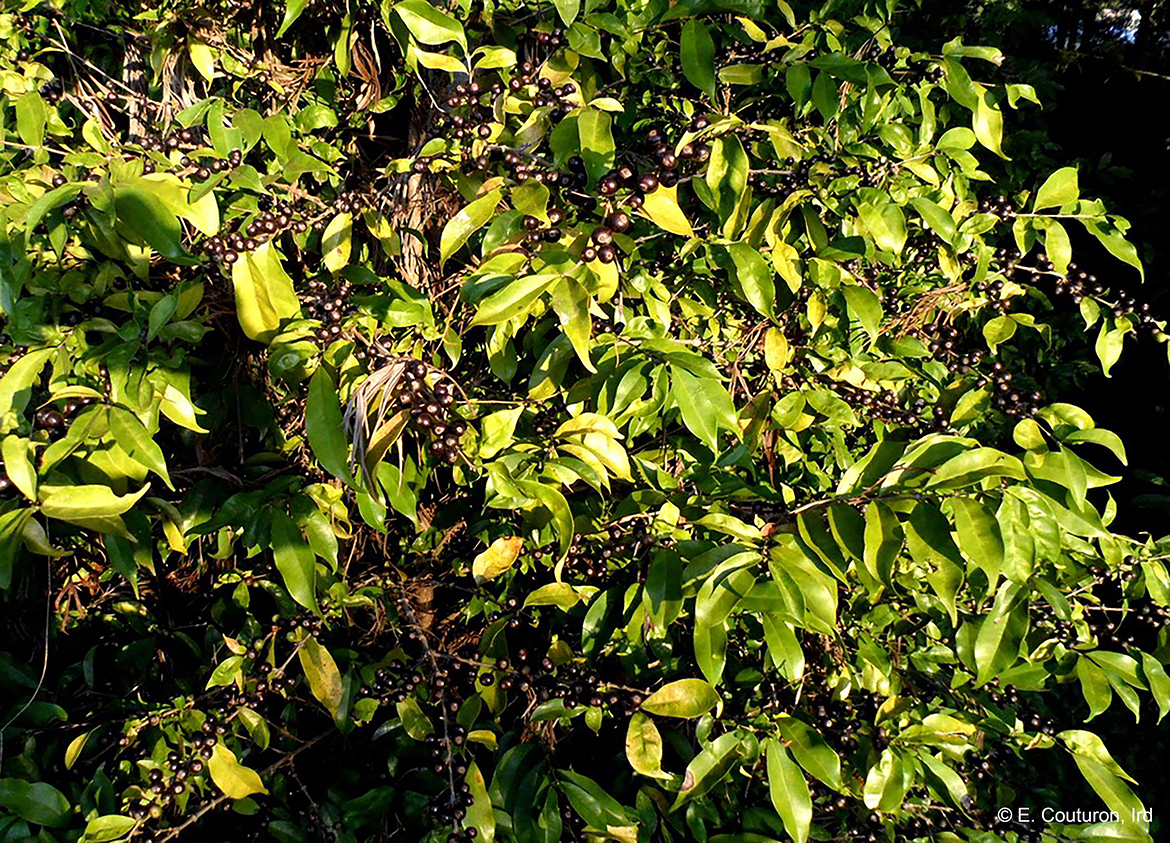Potential impact on Sierra Leone’s coffee industry
The stenophylla coffee variety was rediscovered in 2018 in Sierra Leone after decades of non-existence. The country is one of the poorest nations globally, with more than 50% living below the poverty line. It is expected that the successful cultivation and trade of stenophylla could revive the country’s agricultural sector, which employs 75% of the population. Until 1991, Sierra Leone was exporting approximately 25K tons of coffee annually before the country engaged in an 11-year civil war that destroyed the industry. By the time the war ended in 2002, Sierra Leone’s annual coffee exports had dropped to 2000 tons.
Stenophylla set for promising future
Global coffee production has been brought to question due to global warming, as coffee-growing regions continue to suffer from unfavorably high temperatures. While Arabica and Robusta varieties make up most (99%) of the worldwide coffee production, with Arabica considered a “specialty coffee,” Arabica requires an average growing temperature of 19°C (66°F), and Robusta grows under climates of around 23°C (73°F). Stenophylla can be grown in temperatures as high as 24.9°C (77°F), making it the most suitable variety to grow during the current global warming climate.

Source: Sprudge
Another merit of stenophylla is its unique taste and rich profile. According to London’s Union Hand-Roasted Coffee, stenophylla coffee has a score of 80.25, which would grant it specialty status. According to CIRAD, stenophylla’s taste profile contains natural sweetness, medium-high acidity, and fruitiness, with notes of peach, blackcurrant, mandarin, honey, light black tea, jasmine, spice, floral, chocolate, caramel, nuts, and elderflower syrup. It could also be used as a breeding source to help grow new high-quality, heat-resistant hybrids that can be more resilient than current varieties such as Arabica.
Sources:
- Farming Portal. “Forgotten for half a century, this rare bean could save Sierra Leone's coffee industry.”
- Sprudge. “With Climate Change Looming, Is Stenophylla The Key To Coffee Post-Arabica?”
- Coffee Magazine. “What's all the fuss about that new coffee varietal you've seen in mass media?!”
- World Bank. “Poverty & Equity Brief: Sierra Leone.”